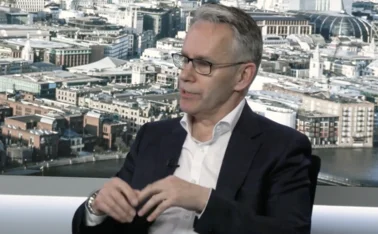
Spotlight: Cyber - SME cyber – Size does not matter in cyber attacks

A serious misconception that cyber-criminals only target large organisations means that SMEs have been slower to adopt cyber insurance than large corporates. However, the surge in attacks on SMEs over the past two years is changing this view. Valerie Hart examines how insurers might increase cyber insurance take-up among SMEs.
The pandemic accelerated SMEs reliance on technology, making it easier and more profitable for criminals to target them. On an individual basis, a cyber event can be just as devastating for a SME as
Only users who have a paid subscription or are part of a corporate subscription are able to print or copy content.
To access these options, along with all other subscription benefits, please contact info@postonline.co.uk or view our subscription options here: https://subscriptions.postonline.co.uk/subscribe
You are currently unable to print this content. Please contact info@postonline.co.uk to find out more.
You are currently unable to copy this content. Please contact info@postonline.co.uk to find out more.
Copyright Infopro Digital Limited. All rights reserved.
As outlined in our terms and conditions, https://www.infopro-digital.com/terms-and-conditions/subscriptions/ (point 2.4), printing is limited to a single copy.
If you would like to purchase additional rights please email info@postonline.co.uk
Copyright Infopro Digital Limited. All rights reserved.
You may share this content using our article tools. As outlined in our terms and conditions, https://www.infopro-digital.com/terms-and-conditions/subscriptions/ (clause 2.4), an Authorised User may only make one copy of the materials for their own personal use. You must also comply with the restrictions in clause 2.5.
If you would like to purchase additional rights please email info@postonline.co.uk









